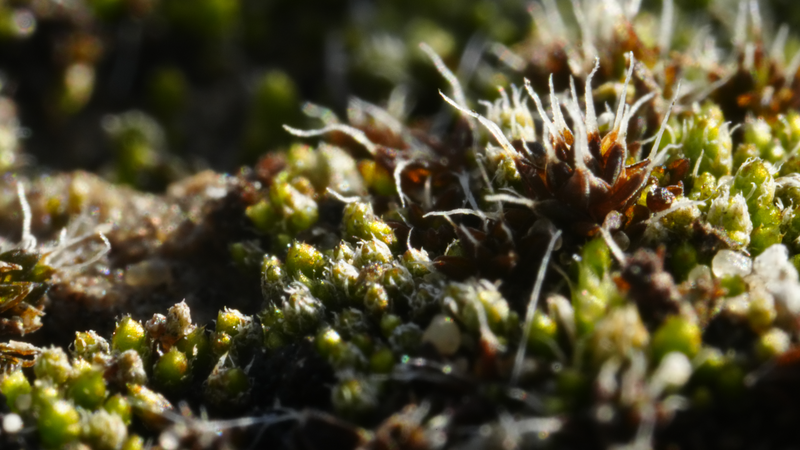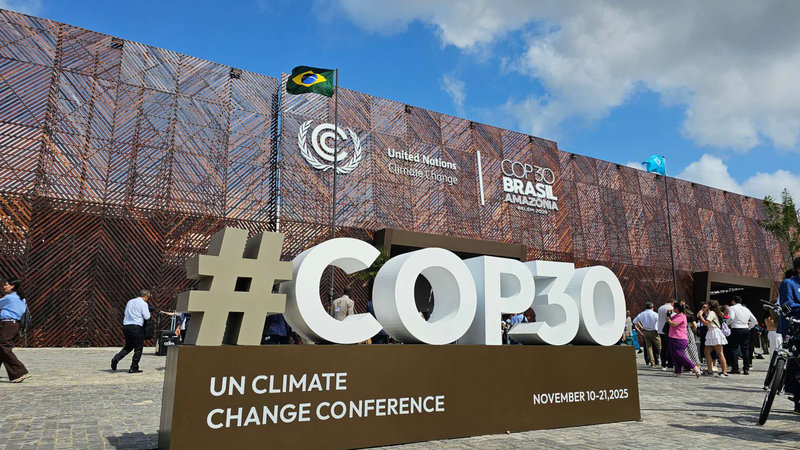🏜️ Imagine a sea of golden dunes where life seems impossible…
But look closer at the sand and you’ll spot a thin, dark film snaking between the grains.
This is biological soil crust, the desert’s living skin. Formed by a microbial dream team—lichens, mosses, cyanobacteria, and other tiny organisms—it’s often called the 'engineer of desert ecosystems'. Under natural conditions, it takes 10 to 20 years to form, but once it’s here, magic happens:
- Sand stabilizer: Binds grains together, stopping dunes from marching across the landscape.
- Moisture magnet: Traps dew and rain, fueling a mini water cycle for plants and critters.
- Biodiversity booster: Creates microhabitats for seeds, insects, and small reptiles.
In the Gurbantunggut Desert in the Chinese mainland’s Xinjiang Uygur Autonomous Region, these crusts quietly slow desertification and help fragile ecosystems heal. Scientists are racing to decode their secrets—using everything from field studies to lab experiments—to protect existing crusts and even recreate them in threatened areas. 🔬🌱
Next time you gaze at a desert, remember: sometimes the smallest things make the biggest difference. The living skin at your feet might just be the key to a greener future. 🌍✨
Reference(s):
cgtn.com




